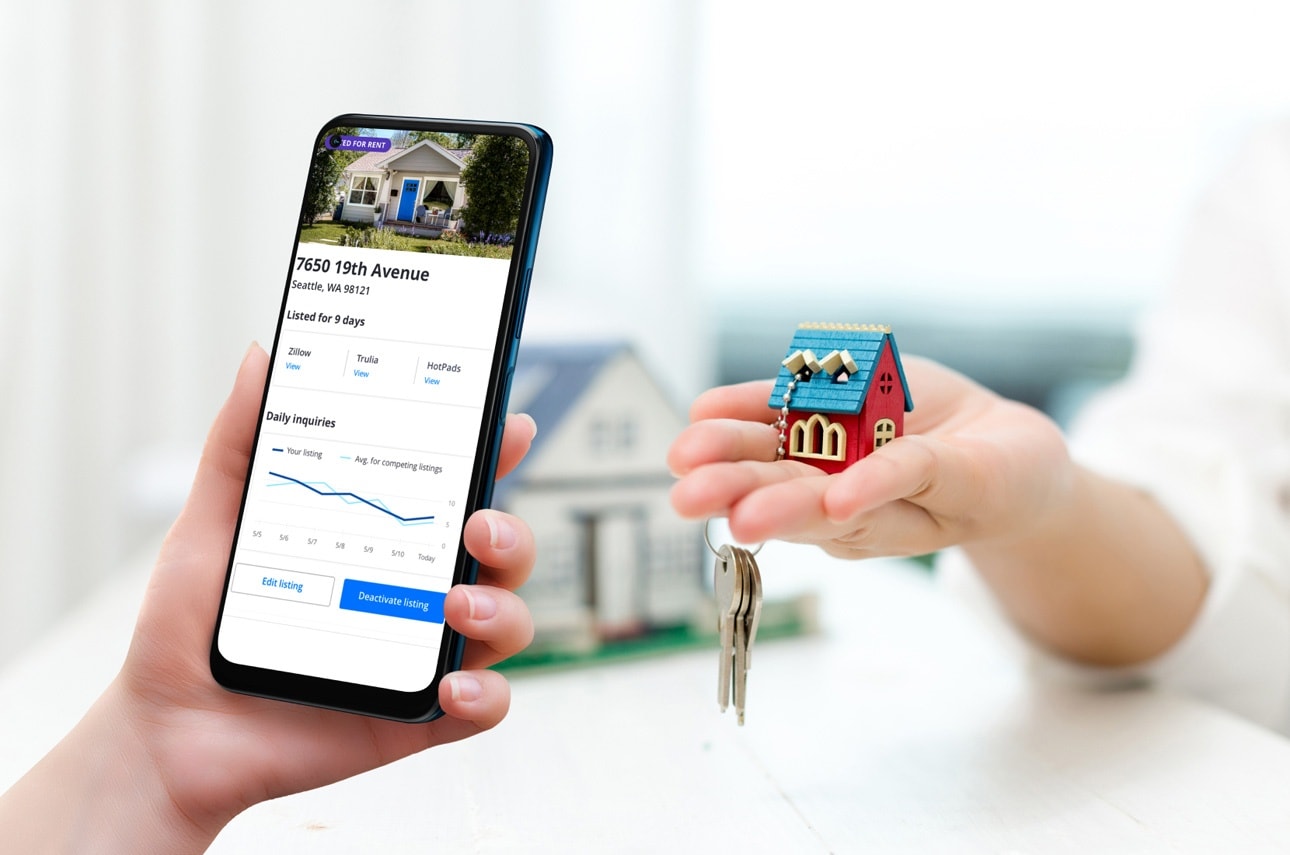How to Make a Real Estate App like Zillow?
Buying a home is not an easy process. You have to review various property listings, speak to agents, sort documents, and complete many other tasks. This complication of the process requires a simple solution & that solution is real estate applications. Today, the world is getting regulated by the Internet & the influence is visible in all business niches. Real estate has constantly been one of the most trendy and consistent sources of investment. This particular industry is rapidly introducing digital tools that aim to make the lives of both real estate brokers and clients quick and hassle-free.
Real estate mobile apps are likely to reduce the need for agents and replace them with cell phones and technology. Developing real estate apps gives people a better idea of the properties that fit their budget. They also reduce the amount of money that customers pay to brokers. Real estate mobile app development services enable real estate agents, builders, aggregators and other stakeholders to engage clients in a hyper-connected digital platform that makes it easy to buy, sell and rent a property. It is the only purpose why many realtors show the utmost interest in real estate application development. If you hire a real estate app developers for processing metadata and geotagging functions for your real estate business, it will become quick & easy to run the business. Through this service, real estate agents quickly access the required properties.
Also Read : [ The Best Ideas To Creating Your Commercial Real Estate App ]
If we look at the Zillow mobile app and the website, it has over 160 million monthly active users. This website brings together real estate agents, buyers and sellers to help them buy and sell properties. The roles of real estate agents and brokers have changed dramatically with the emergence of these online portals. However, Zillow is not just a market but is a real social network whose audience is involved in the real estate market. Such apps have completely transformed the traditional method of buying and selling homes, making it easier for users to search for properties in wide variations & choose the property that fits their preferences, and making the overall process quicker.
As we can see, Zillow is the industry leader whom others are trying to follow. According to a report, Zillow spent $ 20.8 million on technology in 2018 alone. In light of this, we aim to accompany you on your way to real estate app development.
How much does a real estate app like Zillow cost?
If we make an app like Zillow with the same features set along with the same technology stack set, the cost of developing the Zillow-like app would be between $ 83,000 and USD 1.00,000. However, the costs of developing a real estate application like Zillow are only approx. & the final estimate of the real estate website will depend on the website requirements and the number of features. It is the most stable range after reviewing the features and technology set of Zillow. Any changes to these sets would automatically affect the cost in one way or another. It could be a difficult task to create because of the API integrations and also due to three different user roles. Therefore, the development team has to develop its real estate website for three types of users. To save time & money, we recommend that you launch projects with the main features. In this way, you can find out whether your business idea should acquire potential or not.
Below we have listed the essential features for an MVP real estate listing website that will save you time and stay on budget. From validating the idea to all the steps required to create such an app and then some unique integrations, we’ll discuss all.
Database
Without a doubt, the database is the central component and the most vital part of an application. The application should use all the data sources that you consider most relevant to the properties, most effective for the app. Zillow primarily accesses data from the National Association of Realtors (NAR) and the Multiple Listing Service (MLS).
Advanced Search
If an app has a wide range of property listings, the inherent challenge is to display the most relevant search results for customers. Therefore, the need of the moment becomes to develop an advanced search engine that can have provisions for customers to use filters applicable to them and show relevant results.
Map
Any real estate app without proper neighbourhood information will not work well with the public. Map integration shows the neighbourhood, making it easy to filter users based on search criteria. Accessibility, schools, traffic, commuting, etc., are made more accessible to enrich user search results. There may also be a “draw” option whereby users can surround an area & the map shows everything of interest within that area.
Details of the home and client profile
Displaying complete property details is crucial. Images are always a surefire way to get quality and more engagement. Also, keep a tab with the houses they are looking for, searches they have saved, recently viewed properties, etc. so that it is easily accessible to the user. Also, provide clients with a list of similar homes (in the same price range and location). Everyone wants to have an alternative ready when the house they are exploring doesn’t meet their expectations for some reason.
Mortgage calculator and push notifications
Connect them with a mortgage calculator so that customers can simultaneously view their pocket for the properties they are viewing on the portal. Push notifications encourage users to visit the application more often. Set price reduction alerts for saved properties or when a new property matches the search criteria or other property-related updates.
But there are a large number of companies like Zillow. While developing a different app, it is vital to be strong in the market.
Real estate exhibits on request or home tour planning
The purpose is to allow users to go through multiple properties they have already narrowed down in the shortest time possible. Users can request a tour of the property, and if a real estate agent is available in that area, they can take the tour. Another option is to provide a “Schedule my home visit” button that allows users to select their preferred date and time for a visit.
Video Tour
Imaging and transmission technologies have made video tours, floor plans and interactive exploration tools standard. Video tours allow users to digitize part of this process, keeping the listed properties “open” and on display 24 hours a day. A well-documented home video also eliminates some foot traffic & buyers can preview their next home without ever setting foot outside their current one and without disturbing the agent.
Blockchain
Forgery of documents is a big problem in the real estate sector. Replacing paper evidence with digital verification is a good idea. With the help of this, it is possible to upload title documentation to the blockchain network for preventing counterfeiting. Furthermore, smart contracts are permanently stored on the Blockchain and, once published, become uncontrollable, provide transparency and help prevent fraud.
No sector is immune to innovation & the real estate sector is no different. By keeping our fingers on the pulse of transformation, there is a big chance your platform or app will become a differentiator in the real estate market.






